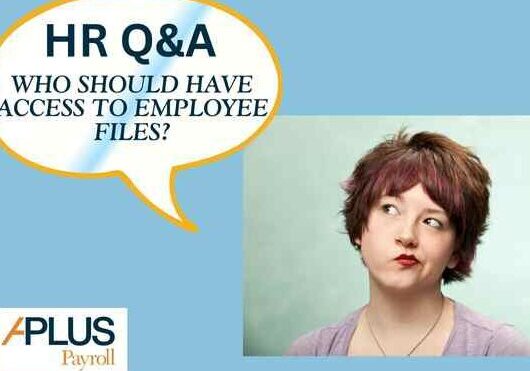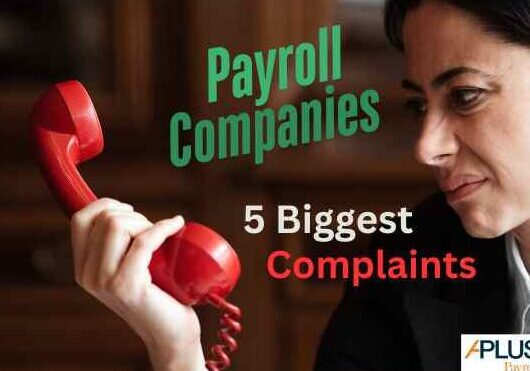HR Q&A – What Is Job Protected Leave?
by Paul Devlin
Job-protected leave refers to time off granted to employees under laws requiring that their job (or an equivalent role) be preserved during and after their leave. Unlike simple paid time off, job-protected leave ensures employees can return to their position or a comparable one at the end of their leave, even if the period of absence disrupts normal operations.
This type of leave is vital for fostering a supportive workplace culture, ensuring compliance with labor laws, and protecting employees’ rights during challenging times.
Key Legal Frameworks
Family and Medical Leave Act (FMLA)
The FMLA is one of the most well-known legal mandates for job-protected leave in the U.S. It allows eligible employees at covered employers to take unpaid, job-protected leave for up to 12 weeks within a 12-month period. Reasons for leave include:
- The birth or adoption of a child.
- Serious health conditions affecting the employee or a close family member.
- Military family leave for qualifying exigencies.
Employee Eligibility:
- At least 12 months of service with the employer.
- At least 1,250 hours worked in the last year.
- Working at a location where the employer has 50 or more employees within a 75-mile radius.
Employer Obligations:
- Maintain the employee’s health benefits during leave as if they were still working.
- Restore the employee to their previous position or an equivalent role upon return.
Key Variables
1. Employee Eligibility
Eligibility for job-protected leave depends on criteria such as tenure, hours worked, and employment type (permanent vs. temporary). Employers need to communicate clear policies to ensure employees understand their rights and determine their eligibility beforehand.
2. Leave Duration
The length of job-protected leave varies depending on the legal framework and the reason for leave. For instance, while FMLA allows up to 12 weeks for most cases, certain conditions like military leave may extend the duration strategically. Countries like Canada may extend leave for parental reasons up to 18 months.
3. Qualifying Events
Common reasons include childbirth or adoption, the employee’s serious health condition, caring for a family member with a major health issue, or addressing emergencies related to military service. Some laws, such as the FMLA, specify exact conditions, while others are broader.
4. Employer Obligations
Employers must preserve the employee’s position or provide an equivalent role upon return. They are also required to maintain benefits, manage documentation properly, and ensure compliance with confidentiality rules regarding medical conditions or family situations.
Benefits of Job-Protected Leave
Benefits for Employees
- Security and Peace of Mind: Employees can address personal or family emergencies without fearing job loss.
- Work-Life Balance: Accrued time off supports family responsibilities, reducing stress.
- Health and Well-Being: Prioritizes physical and mental health by allowing recovery time.
Benefits for Employers
- Workplace Loyalty: Providing leave demonstrates care and support, fostering greater retention and engagement.
- Positive Reputation: Compliance with leave policies enhances employer branding, attracting skilled candidates.
- Higher Productivity: Employees return to work motivated and focused after addressing personal needs.
Examples of Job-Protected Leave in Action
-
Maternity Leave Under FMLA:
A dedicated employee takes 12 weeks off to recover from childbirth and care for her newborn. Upon her return, she is reinstated to the same role with her benefits uninterrupted. Her team is temporarily supported by cross-training existing staff. -
Medical Leave for Serious Illness:
A long-term employee is diagnosed with a critical condition requiring surgery and recovery time. Job-protected leave allows them to recover fully without the stress of unemployment or losing health coverage
This blog does not constitute formal HR or legal advice and does not address state or local law. Our HR Resource Center by Mineral offers further advice on this and many other topics. For a small additional fee you can also speak to a live HR Specialist. Contact your friendly APlus Payroll CSS for further information (including login details) or login here. Wanting to know how we can help your Payroll process? Please contact us here. Advice is friendly and free!



